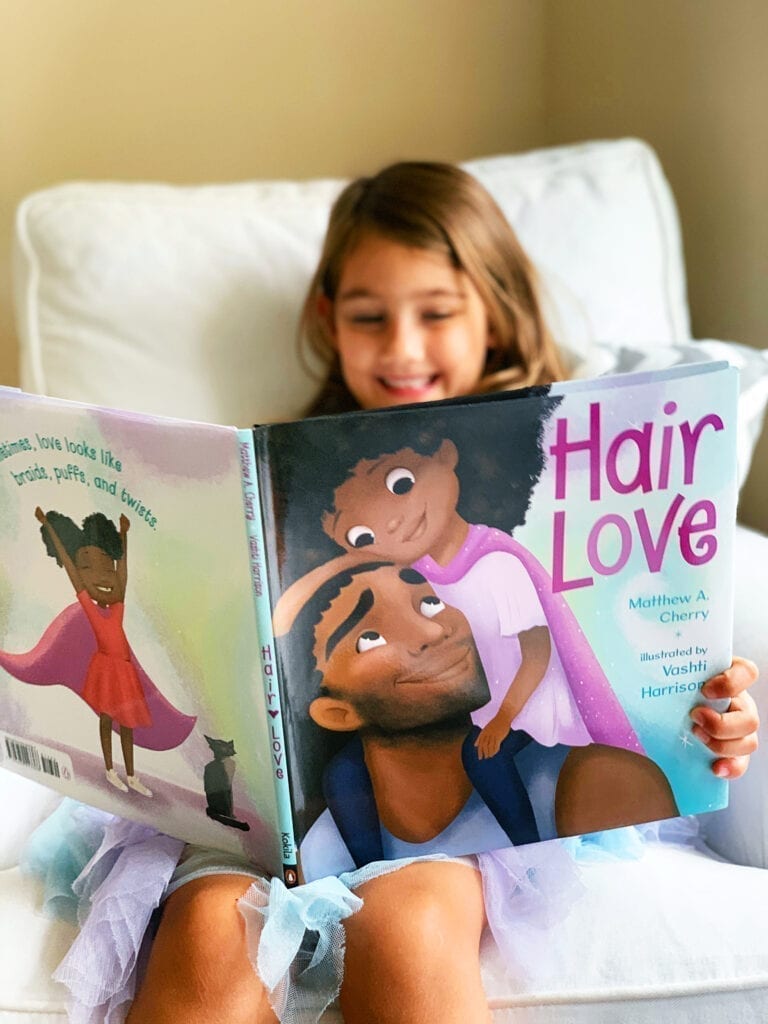You either love teaching writing or hate teaching writing. I know in my beginning years of teaching, I despised teaching writing. It was probably because I wasn’t confident about my writing skills. I was never actually taught how to write. We were expected to just write! Teachers would say, “write a story” or “write a report.” Sometimes we would have to practice responding to a prompt to practice before standardized testing. It wasn’t until I became a teacher that I actually learned how to write. Here are some key tips that led me to love teaching writing and helped my students get excited about learning how to do it better.

Select picture books you and your students LOVE to act as guides. Mentor texts can also help spark topic ideas to get students excited about writing. Use these mentor texts over and over to study the way the author crafts their story and language. Analyze how you could even modify or change the author’s writing to make it better. This will help reinforce the idea that our writing is never complete. We can always go back and modify to make it better!
If you’re looking for some mentor texts that work really well for teaching writing, here is a list of some of my favorite mentor text recommendations.
Break down every writing genre piece by piece. Model everything! Start with the simplest lesson on how to brainstorm. Give time for students to discuss, study, and implement each tidbit you teach. This even goes for upper elementary students!
Keep in mind, each stage in the writing process will take multiple days. The drafting stage will likely take the longest since you need to explicitly teach the writer’s craft and structure lessons during this time.
Take your time to teach and model every lesson. Give your students ample time to implement what you teach. Take the time to conference, coach, and reteach for students who need more support. Do not move on until your students are ready!
With that being said, keep in mind it is certainly normal for your class to all be at different stages of the writing process! Some students may be working very slowly on completing the process for one story, while other students are starting and drafting a whole slew of stories. For your avid writers, the best way to go about having them implement the techniques you teach is to have them select any draft they are working on to revise. You do not want to stall these students. Motivate them to keep writing. Eventually, they will implement many of the techniques you teach naturally.
Meet with students individually to coach them. Do not take the pen to their paper! Coach them to improve their writing by using rubrics, showing examples with mentor texts, and asking questions.
After you teach a technique, hold your students accountable to implementing it. The best way to do this is by using rubrics. For every mini-lesson I taught, I had students self-assess their ability to implement the strategy. When I conferenced with students, I modeled how to use these rubrics to measure their mastery of the strategy. These rubrics gave students a clear picture of whether they “got it” or needed more help from a peer or teacher. When it is time for final drafts, teach students how to use a Teaching-Learning Rubric to self-assess their writing. Click here to learn how to implement TLRs.
If you are using resources to teach writing beyond mentor texts, it helps to make sure those resources properly support your instruction and make the process interesting for your students. I created each of my writing resources so they follow the writing process and keep students engaged and focused. And I created passages and prompts for each 4th & 5th writing style. If you’re looking for resources to support your writing workshop, check these out.
I hope these tips give you a jump start of making writing workshop fun for you and your students!

We strive to create resources that empower teachers and transform student success. We create skill-focused resources that promote critical thinking, enhance student engagement, and incorporate diversity. Our goal is to develop the tools teachers need to reach their students and foster a lifetime of learning.

